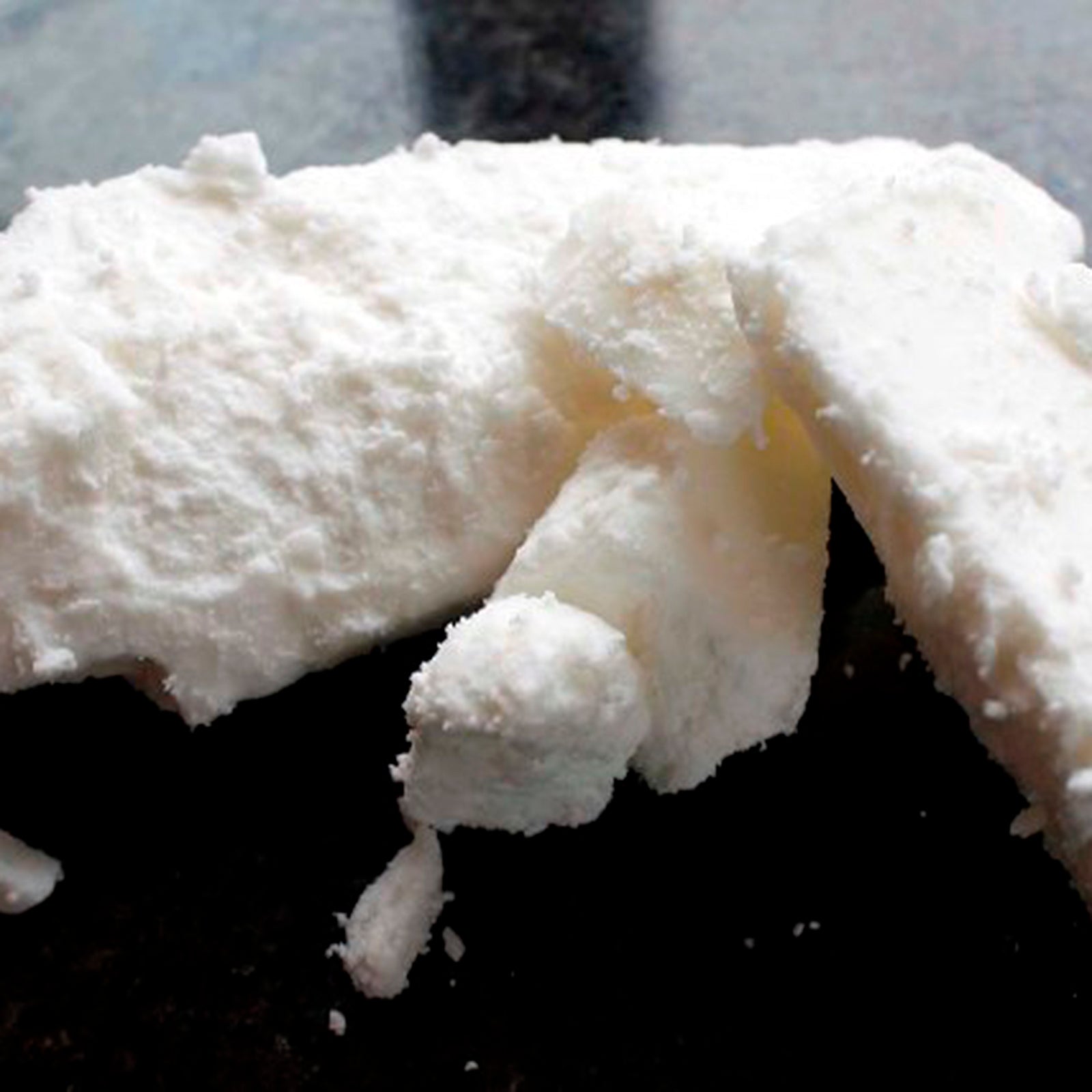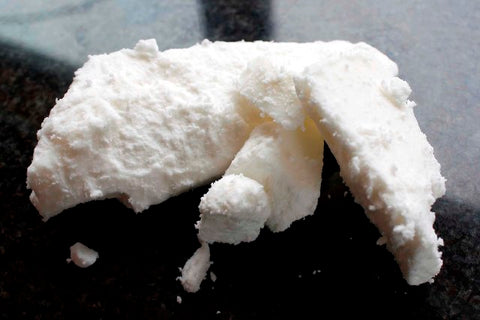Tallow

When I first started making soap a number of years ago, all my bars contained a large percentage of tallow, which is rendered beef fat. It is an extremely hard, white substance that is so pure that it can be stored at room temperature for extended periods and doesn’t require refrigeration. I used tallow because the vintage book that I first learned soapmaking from recommended it, and also because I had an abundant and inexpensive supply as the daughter of a cattle rancher. I love the quality of soap that you get when tallow is mixed with other vegetable oils like coconut, palm and olive. It produces a hard bar with lots of stable lather and abundant bubbles.

Tallow is arguably the most traditional ingredient for cold process soap in the United States, particularly in the West. Homesteaders and settlers who had to make their own soap from scratch on a regular basis would use whatever fats or oils were handy. They would mix them in a tub with water and the potash left from burning wood and could achieve a very soft, but usable soap from those ingredients they had on hand.
Most handcrafted, cold-process soaps on the market today do not contain tallow. This is probably a result of a couple of factors. I think that generally folks don’t like the idea of washing with something that contains animal fat. Most people don’t understand that even though fats and oils are base ingredients in soap, the chemical process that occurs in soapmaking doesn’t leave any fats or oils behind (unless it’s on purpose). The sodium hydroxide actually changes the base ingredients into a whole new chemical substance, so there’s no beef fat being rubbed on your body. The other issue is an environmental one. By using beef tallow in soap we are consuming beef products, the production of which puts its own unique strain on the environment and natural resources.
I switched to making all vegetable soaps when I began selling to the general public, but I have struggled all along with how to choose my ingredients and balance their performance in the soap with the environmental impact that their use has on the world we live in. Most of the best soapmaking oils are produced far, far away and require a large amount of energy to harvest and transport to where I use them. To me, this makes the choice of vegetable oils over tallow less straightforward. Like leather, tallow is more of a by-product of the beef industry than a driving economic force on its own, and it’s local…in my case, very local.

I will now add one more variable to the tallow equation: shaving. There is a growing and very vociferous contingent of wet-shaving aficionados who swear by tallow as an ingredient in their shaving soaps. Visiting a site like Badger and Blade will give you some sense of the spirited debate that is going on in the burgeoning wet-shaving world about traditional tallow soap pucks and the rapid decline in their availability. The world seems to need more tallow shave soap.

So, I have decided to re-introduce tallow as an ingredient in a limited fashion to my soap offerings. My two new shaving soaps both contain a generous amount of tallow and are mixed with other vegetable oils to produce a great, foamy lather and memorable shaving experience. It’s taken me longer than I expected to hone my recipe and perfect my finished product, but it’s finally done! I am happy to announce the arrival of Filthy Rich Shave Soap and Old School Shave Soap, which are added to my all-vegetable Smooth Shave Soap to round out the selection. I sure hope everybody likes them!


Leave a comment